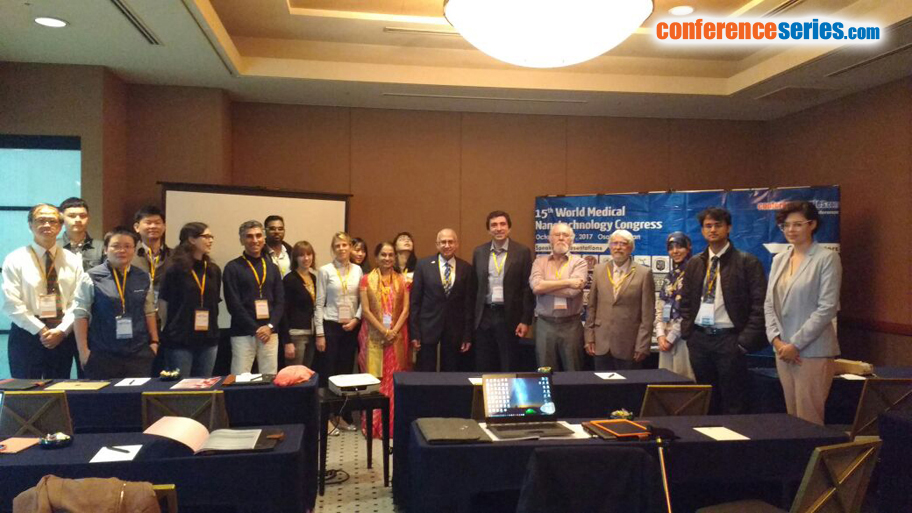
Fatemeh sultani
Mashhad University of Medical Sciences, Iran
Title: In vitro evaluation of peptide-cholesterol hybrid as gene delivery nano-carrier
Biography
Biography: Fatemeh sultani
Abstract
Gene therapy has the potential to compensate the abnormal genes and treat both genetic and acquired disorders. For a successful gene therapy, a gene of interest must enter the cells successfully. To achieve this, an efficient and safe carrier is needed. Viral vectors are naturally based carriers and most widely used systems. Although they are efficient in gene transferring but they suffer from immunogenicity and toxicity. On the other hand, the non-viral counterparts such as lipids, proteins, polymers and peptides are safe enough to be considered as gene carriers for clinical application. However, their efficiency should be improved. Cationic peptides in particular to those derived from nature are important because they are biodegradable and biocompatible. They can be designed in order to develop multifunctional carriers having various functional motifs to improve gene delivery efficiency. Nuclear proteins such as protamine and histone are able to condense DNA and have been adopted in several gene delivery systems. However, the major concern related to these vectors is the risk of immunogenicity. To solve this drawback, some small peptides preserving the gene delivery properties of the whole protein have been chosen. In this study, we designed a cationic vector composed of a small cationic peptide derived from protamine as condensing agent and histidine tag for escaping from endosome. In order to form a micelle like particle, a cholesterol molecule was introduced to the N- terminal of the vector. The synthesized vector was evaluated in terms of structure, gene delivery efficiency and toxicity by using various standard methods. Based on the results the vector could form nano-micelle, condense pGFP and deliver it to the nucleus successfully. In addition, it showed negligible toxicity in comparison to PEI-25 kDa. Overall, further in vivo investigations are needed to shed light on the usage of these carriers in clinic.


